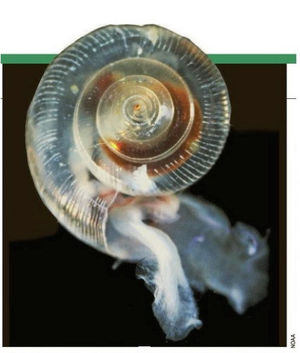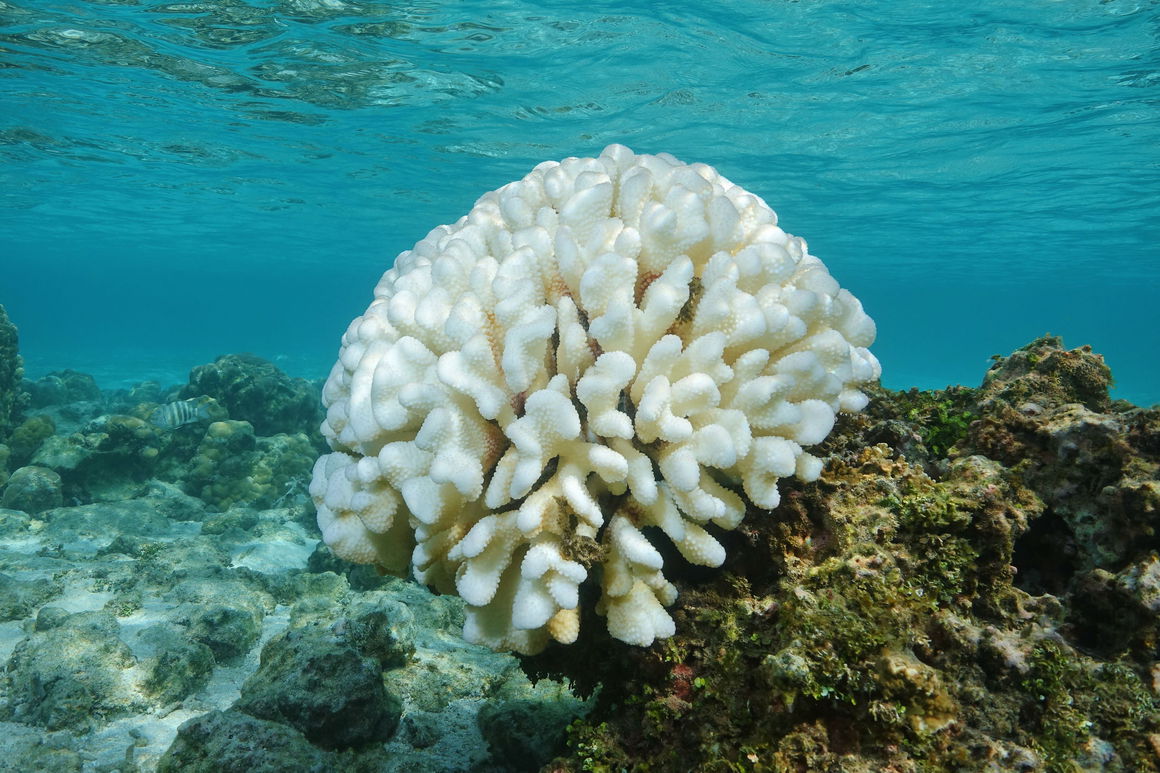Valocarb, CO2 and climate change CO2 threat to ocean life
VALOCARB© company with its understanding of the chemistry of CO2 and the biochemical, biological and physiological mechanisms that govern the living world, has understood that the already catastrophic climate changes are only a sad beginning, and that the worst is yet to come, if we do not act effectively, on a very large scale, in extreme urgency.
This severity of the CO2 impact is not well anticipated by most scientific, media and political circles, which focus on the currently visible threat of atmospheric CO2.
In reality, the most serious threat is hidden and comes from CO2 océanique.
In fact, the oceans, by dissolving CO2, regulate atmospheric CO2 which gives them a gigantic « buffer » role for climate change.
Everything is based on the following reversible equilibrium reactions:


